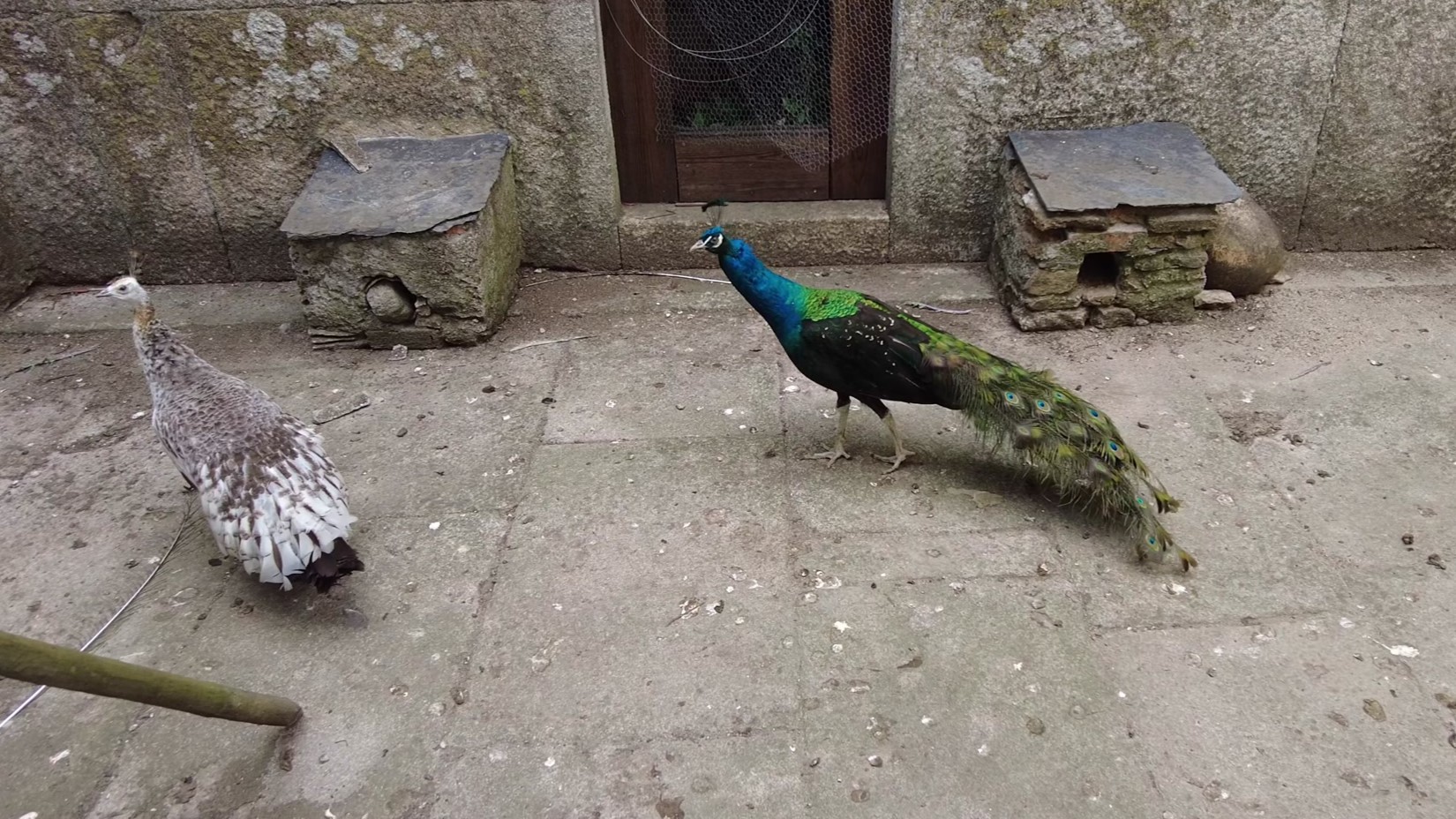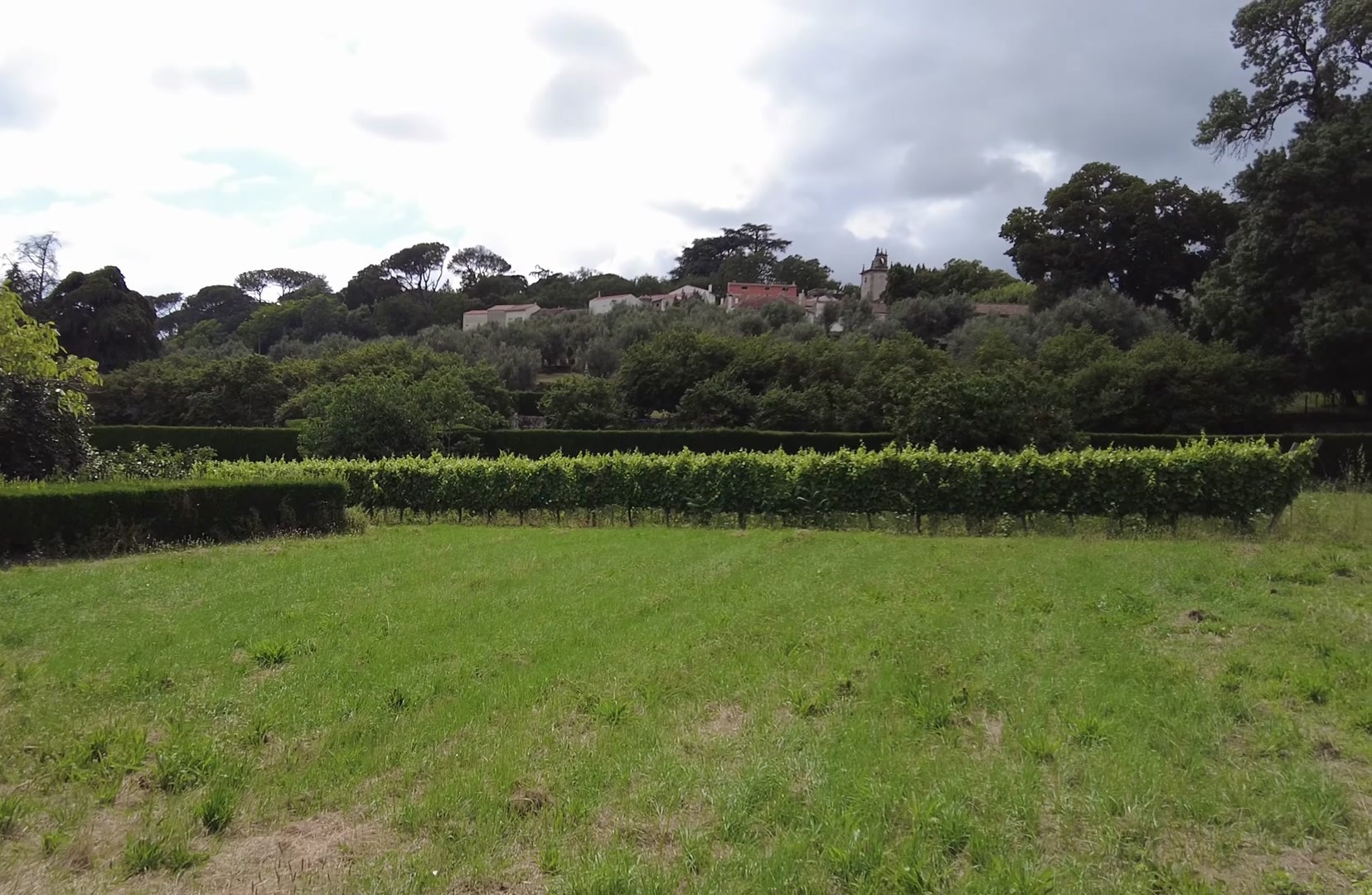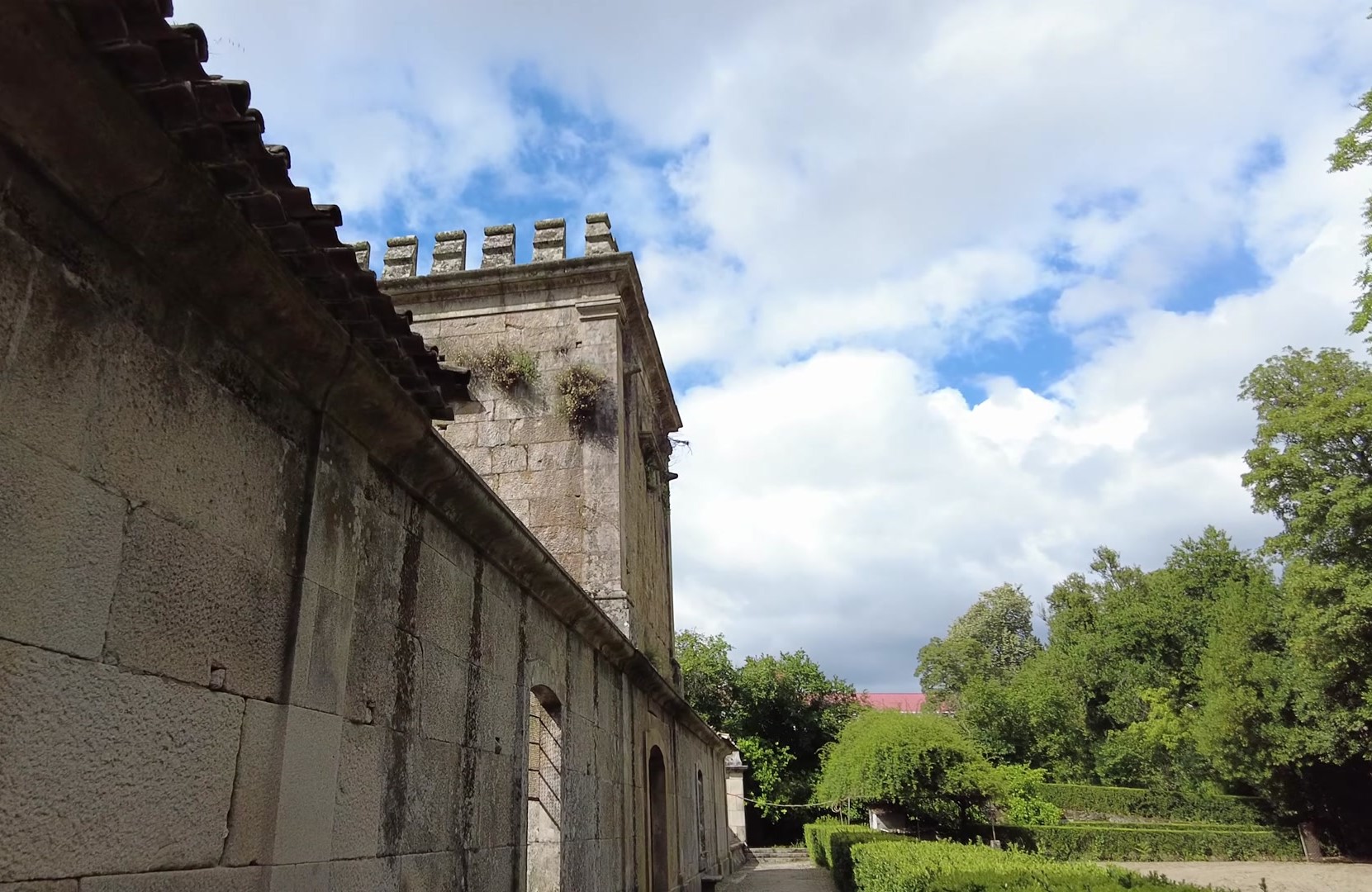
Hello friends, I’ve come to Viseu for the first time. This place is very green. We started our tour at Republic Square, which is really nice and has a wonderful fountain. The view is truly amazing. Since this city is located at the highest point, it offers beautiful views in every direction.



The first settlement here was established by the Romans, followed by the Visigoths, then the Moors and later, the first Portuguese king, Afonso Henriques, drove everyone out. Since then, it’s been Viseu and a cathedral was built here. Across from it is the magnificent Church of Mercy. This historical area is quite pleasant and beautiful for walking. To the left of the Church of Mercy, there’s a very interesting structure called the triple fountain. Tired travelers used to rest here. It’s possible to enter the cathedral, but I was unlucky. It was closed. However I entered the courtyard and saw many azulejos (Portuguese ceramics) there. To the left of the cathedral, there’s a building that used to be a seminary, then a library, later a police station and even the town hall, but now it’s one of Viseu’s main art museums. To stay close to the historical sites, we went to the Dão Valley from here. Viseu is located right in the center of one of Portugal’s oldest wine-producing regions and the scenery here is really beautiful.







The Dão wine region is the oldest wine region in Portugal. According to the information on the boards, wine production here started even before the Romans. The microclimate is really interesting because the region is situated between four mountain systems. This protects it from the winds and allows for the production of truly excellent wines. The wines are mostly red, but in recent years, white wines have also been developing. The soils are predominantly granite, which gives the red wines good aging potential. For wine collectors, it’s like a treasure. Buying a few bottles and aging them could be very enjoyable.


The first village we visited was Santar. There is a famous vineyard here. Most producers are family businesses working on small plots. Behind this place, where viticulture began there are small vineyards. The most valuable wines here bear the "nobre" label. I recommend buying the ones labeled "nobre" as this label determines the quality of the wines. The garden of the vineyard is also very nice and the art of landscaping is at a very high level here.


Next we went to a second estate named Abadia, which is a mansion belonging to counts or countesses. There’s a county palace and a beautiful themed garden here, including a small countess’s garden and a wonderful dovecote, although there are currently no doves. There’s also a monkey garden, but no monkeys either. Instead peacocks roam around. At the entrance there is a 300-year-old plane tree, one of the oldest trees in Portugal. This year this plane tree entered a competition for the oldest or most beautiful tree. I don’t know if it won, but it seems quite significant. Of course there are old vineyards and olive trees here as well. In addition to wine very good olive oil is also produced in the Dão region, which is quite interesting. The views are stunning thanks to this mountainous area. The Dão region is the least visited wine region in Portugal and therefore, everything is a bit disorganized. It can be challenging to find a site or vineyard right away. Usually, you can only make reservations by phone and it’s important to keep this in mind. I’m not sure why it’s less visited, whether it’s poorly organized because it’s less visited or it’s less visited because it’s poorly organized, maybe they are related. I hope it gets better soon.










The garden we visited is a blend of French and English style gardens and perhaps even Portuguese agricultural gardens. There is a new fountain in the garden and even water lilies, real lotuses. However it has been a bit neglected. It has mysterious corners which add to its charm. This new fountain was added long after the structure itself. The building was constructed in the early 17th century and underwent a major reconstruction at the end of the 18th century. During that period, these places began to be used as summer residences, having previously served as agricultural buildings. This fashion came from Europe and the Portuguese aristocracy, including counts, followed this trend. They also transformed the garden into a kind of park. Because this park was based on agricultural lands an interesting mix emerged. To be honest I find it quite delightful.






Behind the old fountain is the monkey garden, actually monkey cages. These are old cages where monkeys used to live, but now they have either escaped or been relocated. Nearby there is a magnificent magnolia tree. I don't know how old it is, but it looks quite ancient and still blooms with white flowers, providing a beautiful sight. Today I saw something really new and unusual in garden culture.



According to what has been told, famous people have stayed here. Portuguese aristocracy and Napoleon's general Marshal Massena stayed here during Napoleon's invasion of Portugal. Also, King Luís I stayed here while opening the railway line to Beira Alta.

We returned to the center of Viseu. It is really easy for tourists to explore this city because there are special information boards next to all the tourist attractions, with brief historical information written in four languages. This is really convenient. The city center is wonderful, although some places are still under renovation and it will be even more beautiful in the future. The street where the city market is located has been refurbished. However these restorations are not yet completely finished, so another visit might be necessary. But we were able to walk through the historic streets, which are completely finished.



First we started on Rua Direita, which means Straight Street. This street has wonderful Manueline-style windows and a generally very pleasant atmosphere. King Duarte Square is also very charming. This square was the center of Viseu until the 19th century and then it became Republic Square. It was interesting to learn that the city is situated on a granite rock and that older buildings are made of granite. Historic buildings are made of gray granite, with older irregular stonework and more modern regular stonework. Because these stones are very hard, carving something out of granite is a very tough and laborious job.




Another interesting architectural detail is that many buildings have English-style windows. These windows open upwards. I hadn't noticed these kinds of windows in other Portuguese cities, perhaps they are only common here. On the left there is an interesting building, a count's mansion, but now it is used as a bank. Historic buildings are still actively used here. There are shops, cafes and other commercial establishments. This keeps the city lively and increases the level of satisfaction within the city. The city is really people-oriented.





The city's greenery has a great impact on satisfaction. There are many parks, trees, trees lining the streets and flowers. This cools the city down because Viseu is located in the center of Portugal and it can get quite hot here. But I didn't feel any discomfort. The town hall is also an interesting building and right behind it is the city park. I really liked this place and I recommend you visit it. I definitely plan to come back and see the market square restored by the Pritzker Prize-winning architect in its finished state.
Congratulations @larissalugo! You received a sweet smile from TravelFeed. We love your work so keep up the good job. 😊
Thanks for using TravelFeed!
@for91days (TravelFeed team)
PS: TravelFeed is in social media to reach more people, follow us on Facebook, Instagram, and Twitter.
This article is quite interesting and I see that the flower plants and buildings that you photographed look quite beautiful and quite interesting.
Thank you so much for your kind words 😊
Congratulations, your post has been added to the TravelFeed Map! 🎉🥳🌴
Did you know you have your own profile map?
And every post has their own map too!
Want to have your post on the map too?
- Go to TravelFeed Map
- Click the create pin button
- Drag the marker to where your post should be. Zoom in if needed or use the search bar (top right).
- Copy and paste the generated code in your post (any Hive frontend)
- Or login with Hive Keychain or Hivesigner and click "create post" to post to Hive directly from TravelFeed
- Congrats, your post is now on the map!
PS: You received this comment because you used the Pinmapple code snippet. Pinmapple is closing down and we are continuing Pinmapple's legacy. You can also import your previous Pinmapple posts to the TravelFeed map.Opt Out
Congratulations @larissalugo! You have completed the following achievement on the Hive blockchain And have been rewarded with New badge(s)
Your next target is to reach 4000 upvotes.
You can view your badges on your board and compare yourself to others in the Ranking
If you no longer want to receive notifications, reply to this comment with the word
STOPCheck out our last posts:
Congratulations, your post has been added to WorldMapPin! 🎉
Did you know you have your own profile map?
And every post has their own map too!
Want to have your post on the map too?
Congratulations, your post has been added to Pinmapple! 🎉🥳🍍
Did you know you have your own profile map?
And every post has their own map too!
Want to have your post on the map too?